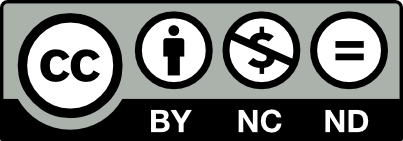Effect of Ti6Al4V Substrate Manufacturing Technology on the Properties of PVD Nitride Coatings
Artykuł w czasopiśmie
MNiSW
70
Lista 2021
| Status: | |
| Autorzy: | Walczak Mariusz, Pasierbiewicz Kamil, Szala Mirosław |
| Dyscypliny: | |
| Aby zobaczyć szczegóły należy się zalogować. | |
| Rok wydania: | 2022 |
| Wersja dokumentu: | Drukowana | Elektroniczna |
| Język: | angielski |
| Numer czasopisma: | 6 |
| Wolumen/Tom: | 142 |
| Strony: | 723 - 732 |
| Impact Factor: | 0,7 |
| Web of Science® Times Cited: | 7 |
| Scopus® Cytowania: | 6 |
| Bazy: | Web of Science | Scopus | BazTech ; Google Scholar |
| Efekt badań statutowych | NIE |
| Materiał konferencyjny: | NIE |
| Publikacja OA: | TAK |
| Licencja: | |
| Sposób udostępnienia: | Otwarte czasopismo |
| Wersja tekstu: | Ostateczna wersja opublikowana |
| Czas opublikowania: | W momencie opublikowania |
| Data opublikowania w OA: | 1 grudnia 2022 |
| Abstrakty: | angielski |
| Titanium alloys can be fabricated by additive manufacturing techniques, which makes it possible to produce machine components of complex geometries that would be difficult to produce by standard methods such as machining, forming, and casting. Although titanium alloys have a high strength-to- weight ratio, their tribological characteristics are insufficient. For this reason, ceramic coatings with high tribological properties, e.g., PVD coatings, are frequently deposited on titanium alloys. Still, the surface layer properties of Ti6Al4V alloy produced by the direct metal laser sintering differ from those exhibited by this alloy when produced by the standard means in terms of microstructure, internal stresses, texture, and porosity. In light of the above, the objective of this study was to determine the relationship between the surface layer microstructure, morphology, and mechanical properties of the direct metal laser sintering produced Ti6Al4V alloy and the adhesion of PVD nitride coatings. The test samples of Ti6Al4V alloy were fabricated by two different techniques, i.e., conventional manufacturing from wrought material (in the annealed state) and direct metal laser sintering. Two different PVD coatings, AlTiN and TiAlN, were deposited by magnetron sputtering on a titanium substrate. Internal stresses were measured by the X-ray diffraction and sin2(ψ) method. The microstructure was examined by optical microscopy. Coating thickness was measured by the ball crater test. After that, coating nanohardness was measured by the Olivier–Pharr method, and coating/substrate adhesion was assessed by the scratch test method. The results showed that the PVD coatings deposited on the direct metal laser sintering substrate had considerably higher adhesive properties, which resulted primarily from the better fit of the Ecoating/Esubstrate ratio and higher compressive stresses. Scratch test results demonstrated that all coatings deposited on the direct metal laser sintering substrate had a nearly 25% higher critical load Lcr (which was a measure of adhesion) than the same coatings deposited on the conventionally manufactured substrate. In addition to that, the cohesive damage mechanism was observed for the latter. |

